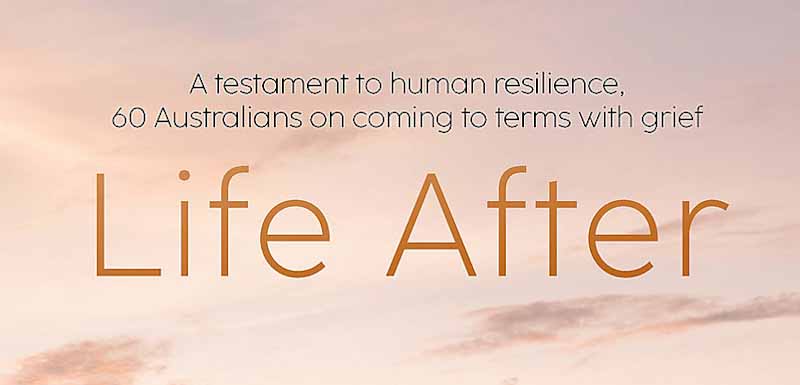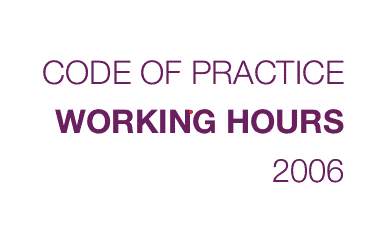In many Australian businesses, “program is king”. Deadlines must be met, whatever the circumstances. Occupational health and safety (OHS) advisers often bristle at this reality because they know that health and safety will be sacrificed to meet those deadlines. If this reality is to be changed, it is necessary to pay more attention to economics and its influence on the decision-making of business owners, and not just on the OHS effects of those decisions.
In Sociology: A Very Short Introduction Steve Bruce says:
“Most disciplines can be described by the focus of their attention or by their basic assumptions: we could say that economists study the economy or that they assume that a fundamental principle of human behaviour is the desire to “maximise utility”. If we can buy an identical product in two shops at two different prices, we will buy the cheaper one. From that simple assumption an increasingly complex web is spun.”
page 18







